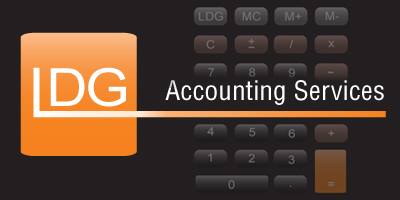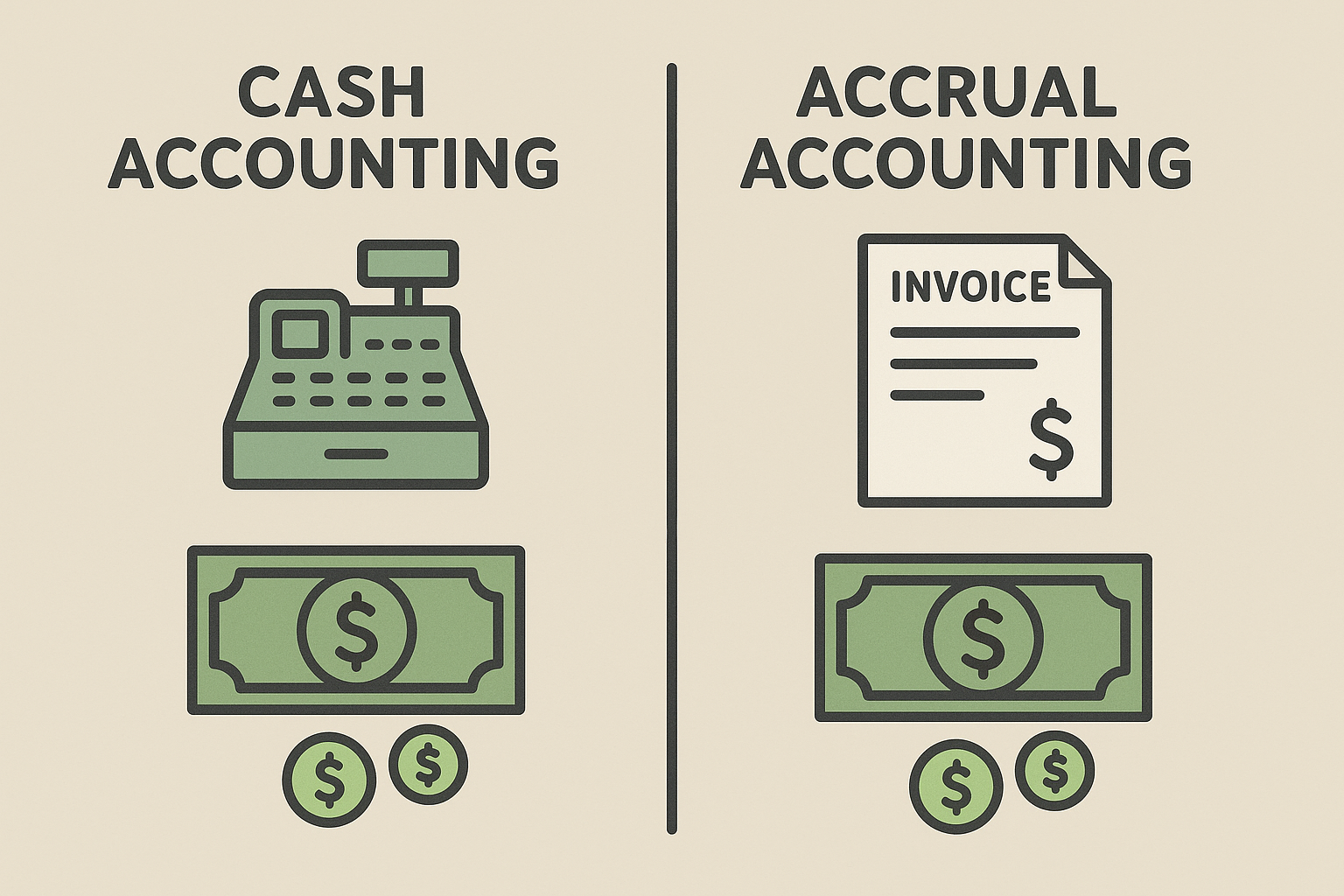Business Metrics for Small Businesses
Revenue
The first metric we will look at is revenue. Revenue is simply the amount of money a business receives in sales of products or services. Often referred to as sales or top-line income it measures total money before any expenses are paid out. There are two ways to count revenue. If you are using the cash accounting system, (most small businesses do) revenue only counts money received in your bank account or held in cash. If you use accrual accounting, any sales where the customer has agreed to pay but has not done so would be counted. Tracking revenue over a period of time may be straightforward but it can be important to look at different lengths of time to identify any shifts in revenue at different times of the year. Understanding where and when revenue is generating can help you target new advertising campaigns or plan ahead for leaner weeks or months.
Expenses
On the opposite end to revenue are expenses. Expenses are all the costs associated with your business. Examples of expenses can include equipment, labor, supplies, dues, and interest. As with revenue, accrual accounting counts expenses before you have actually paid them, while cash accounting would not until you pay the invoice. Expenses are further divided into two main categories. The first is operating expenses which are those that are the direct result of your business running. These can include the cost of supplies, rent or mortgage on your building, and the cost of paying employees. Nonoperating costs are indirect and can include interest, lending fees, and depreciation. Like revenue, tracking expenses can seem simple. It is more important to examine expenses looking for waste. Notice that transaction fees for your credit card company are higher than expected? Maybe you are not utilizing a subscription you pay for? A close examination of expenses can save in the long run and increase efficiency.
Cash Flow
A third key metric to examine is cash flow. Cash flow measures the money that is moving in and out of your bank accounts over a given time. It is quite simple to calculate: Cash received – Cash Paid out = Cash flow. If you receive $8,000 in sales and pay out $7,000 in bills in a single month, then your cash flow would be $1,000. This might sound exactly like the definition of profit, but there is a significant difference. Profits utilize accounts payable and receivable, which track transactions, some of which may not have cleared. As a result, your profit/loss report may tell you that you have healthy profits, and your business is doing well. If you check the bank account, however, you could be in the red. Tracking cash flow allows you to see just how much money is available and can advise you on spending trends within your company. If you do not take the time to track cash flow you can easily end up with a slew of bank fees with limited options. Long-term cash flow problems can doom a business. So how can you improve your cash flow? One of the best ways is to collect your accounts receivable as soon as possible and track late invoices. You can also improve your cash flow by not paying accounts payable earlier than necessary as well as limiting inventory purchases. Tracking cash flow over time can show you if there are trends throughout the year, allowing you to plan for negative cash flow events that could hamper your business.
Overhead Costs
A 4th key metric to track is overhead costs. These are expenses that are directly related to the day-to-day running of your company. Although it is important to understand your overhead costs as a general rule, if you are experiencing troubles with cash flow, reducing these expenses may be your only option. Knowing your overhead costs can also help you easily locate better prices on many of these expenses.
What are a business' normal overhead costs? The largest is usually rent (or mortgage). A close second is administrative costs such as wages and benefits. Utilities (electricity, gas, water, phone, and internet) often form the third largest overhead cost. Insurance costs can also be substantial and include your general liability, unemployment insurance, and medical coverage if offered.
Those are the most associated overhead costs, but anything that does not change with sales numbers should be categorized as an overhead expense. This can include maintenance and repairs of machinery, vehicles, and tools. It can also include much of your sales and marketing budget. Lastly, any subscriptions or professional fees can fall into this category as well.
Inventory
If your business sells physical products, then a fifth key metric you will want to track is inventory. Using this metric, you can fine-tune your supply chain so you have enough product on hand to meet customer demand, without sitting on inventory that can cost your business in more ways than one.
There is no single way of tracking inventory and you will need to track it long enough for trends to appear before you are getting the full value out of this metric. Here are a few things you can look for: What was your total sales volume for a particular product in the last month? What about the last year? Did sales increase over that time? You also want to look for any seasonal upticks that you should require you to purchase additional inventory. Third, look for any disruptions in your supply chain. Did you run out of a product at all in the last year? This can bring you to look at internal lead times from suppliers.
While customer demand should be tracked so you can keep enough inventory to meet demand, you should evaluate your suppliers in the same way. Some key questions: Has inventory been delivered on time? If so, were these shipping delays or caused by problems at the supplier? Has all inventory ordered arrived in good condition and easy to unpack and make purchase ready?
All of these points are even more important if your business has products with a limited shelf life such as restaurants, pet shops, or cosmetics. Once you can establish solid lead times, you will be better able to cut down on waste and avoid running out of products with customers waiting to buy them.
Metrics are Important but NOT Everything!
Understanding and tracking these five metrics is a great way to understand where your small business has been, where it currently is, and where it is headed. One important caveat is to never rely on just one of these metrics. An overly positive customer retention rate may hint that your business is going to be successful, but if attracting new customers has been cost prohibitive and you are currently operating as a loss, you may not be around long enough for your customers to return! Together, however, metrics can advise you on your next steps.
Want assistance tracking and reporting these metrics? A professional accountant can help with a range of packages and options for your small business. LDG Accounting Services would be happy to discuss your options. Contact us today!











